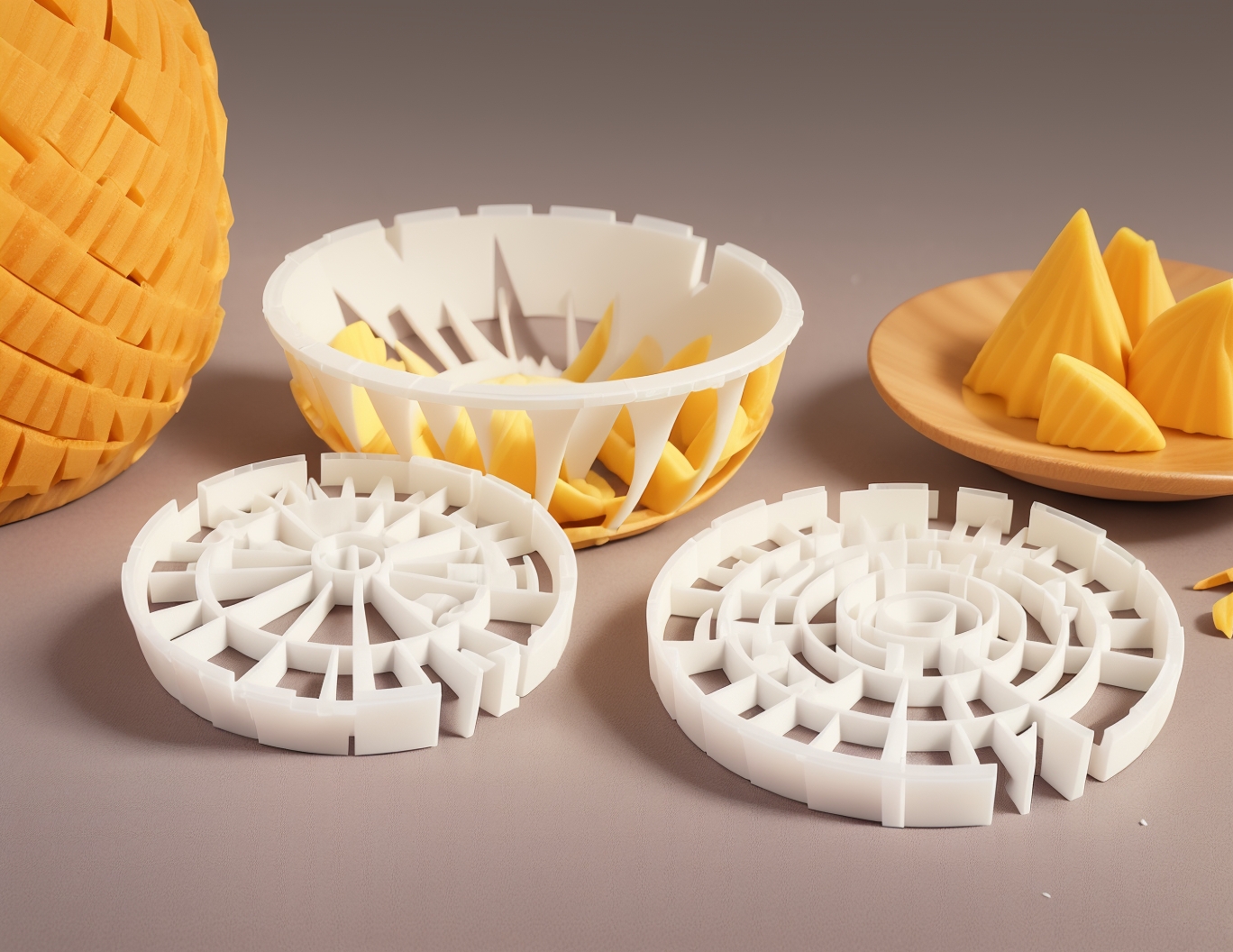Advanced Slicing Techniques for Better 3D Prints
Advanced Slicing Techniques for Better 3D Prints
Description: A guide to advanced slicing techniques that can improve print quality and efficiency, including tips on layer height, infill patterns, and support settings.
Keywords: 3D print slicing tips, advanced slicing techniques, improve 3D print quality
Introduction
The slicing process is crucial for turning a digital 3D model into a physical object. By mastering advanced slicing techniques, you can significantly enhance your 3D print quality and optimize material usage. This guide delves into advanced settings like layer height, infill patterns, and support structures, helping you take your prints to the next level.
1. Layer Height Optimization
What is Layer Height?
Layer height determines the thickness of each printed layer and directly impacts print quality and time:
Lower layer height (e.g., 0.1mm): Produces smoother surfaces but increases print time.
Higher layer height (e.g., 0.2mm or 0.3mm): Speeds up printing but may result in visible layer lines.
Tips for Choosing Layer Height
Use smaller layer heights for intricate details or models requiring a smooth finish.
Opt for larger layer heights for functional parts or prototypes where speed matters more than aesthetics.
Consider the nozzle size: Layer height should not exceed 80% of the nozzle diameter for best results.
2. Infill Patterns and Densities
Choosing the Right Pattern
Different infill patterns offer varying levels of strength and material efficiency:
Grid and Lines: Best for general-purpose prints.
Gyroid: Balances strength and flexibility, ideal for functional parts.
Honeycomb: Provides high strength but consumes more time and material.
Adjusting Infill Density
Low-density infill (10–20%): Suitable for decorative or lightweight models.
High-density infill (50–100%): Necessary for functional parts requiring durability.
3. Support Structures
Types of Supports
Tree supports: Ideal for minimizing material usage and ensuring easier removal.
Traditional supports: More versatile but may require additional cleanup.
Optimizing Support Placement
Use custom support settings to add supports only where necessary.
Adjust the support overhang angle to reduce unnecessary supports (e.g., 60° instead of 45°).
4. Advanced Speed and Temperature Settings
Speed Adjustments
Lower print speeds improve accuracy, especially for small or detailed models.
Increase speed for larger, less intricate parts to save time.
Temperature Tuning
Fine-tune the extruder temperature based on filament type to prevent under-extrusion or stringing.
Use a temperature tower test to find the optimal printing temperature.
5. Adaptive Layer Heights
What Are Adaptive Layers?
Adaptive slicing adjusts the layer height dynamically based on the model’s geometry:
Smaller layers for curves and fine details.
Larger layers for flat or less detailed areas.
Benefits
Balances print quality and time efficiently.
Reduces unnecessary material usage.
6. Bridging and Overhang Settings
Bridging
Improve bridge quality by lowering print speed and increasing fan cooling.
Use slicer tools to analyze bridge performance before printing.
Overhangs
Enable support blockers for overhangs that can print without supports.
Adjust the fan speed to ensure proper cooling during overhang printing.
7. Preview and Simulation
Preview Mode
Use your slicer’s preview mode to inspect layer-by-layer printing paths.
Identify potential problem areas like gaps or unsupported overhangs.
Simulation Tools
Advanced slicers like Simplify3D or PrusaSlicer provide simulation tools to visualize print results.
Conclusion
Mastering advanced slicing techniques is key to achieving better 3D prints. By understanding and applying settings like layer height, infill patterns, and support structures, you can enhance both the quality and efficiency of your prints. Experiment with these techniques to refine your workflow and produce professional-grade results every time.



